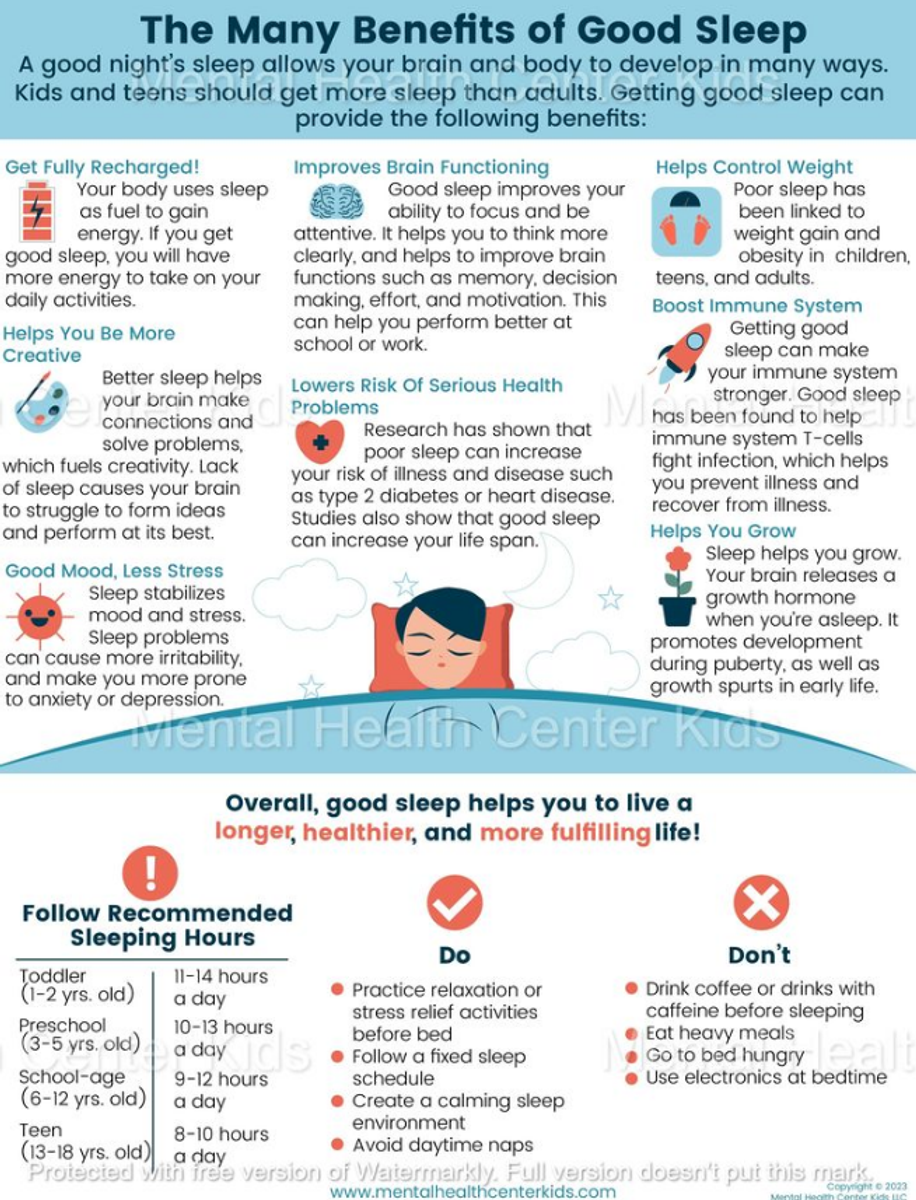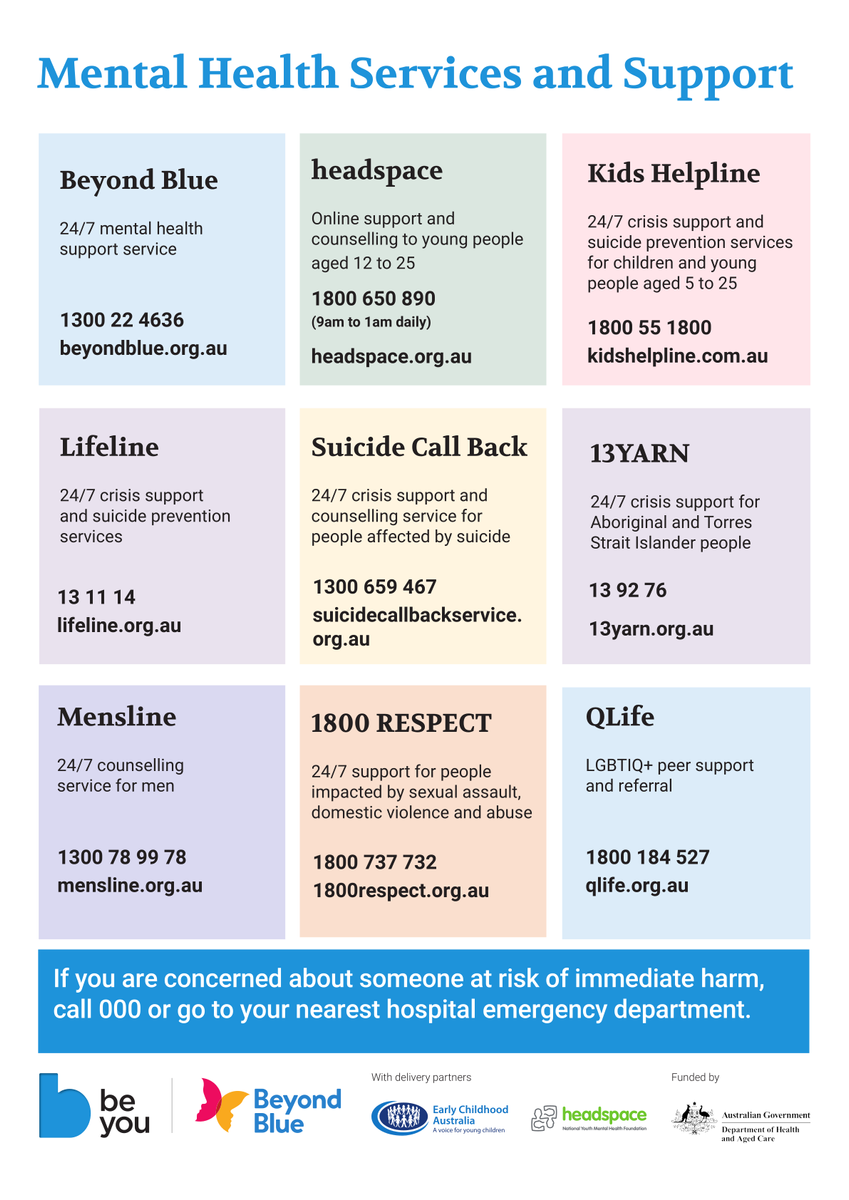HEPS Wellbeing Window
A place for information to support mental health and wellbeing within our HEPS community.

HEPS Wellbeing Window
A place for information to support mental health and wellbeing within our HEPS community.


Next term, HEPS will be holding a Wellbeing parent information session open to all HEPS families. We will be sharing our approach to Wellbeing, covering topics such as Mental Health for students, School Wide Positive Behaviour Support, Friendships, and more.
Please register for this event so that we can adequately prepare the necessary resources.
This event is for adults only.
Wednesday, October 8th, 6.30 pm - 7.30 pm
Please register here.... Parent session
This week, four classes were recognised at assembly for taking pride in their learning environments and being Ready to Learn. Congratulations .








At HEPS, student wellbeing is a daily priority. As part of our roll marking procedures, students participate in a morning check-in where they let us know how they are feeling, where and with whom these feelings are occurring, and how ready they are to learn. This process helps us gain a better understanding of each student’s emotional state and allows us to respond proactively to their needs. In Week 5 of each term, I reviewed the collected wellbeing data to identify any emerging patterns or students who may benefit from additional social and emotional support.
During our most recent review, one notable trend was the number of students reporting that they feel tired at the start of the school day.
To support healthy sleep habits, we have been talking with students about the importance of bedtime routines — including reducing screen time before bed and maintaining a consistent sleep schedule. We’ve also included a helpful Healthy Bedtime Routines poster with this newsletter to support families in reinforcing positive sleep habits at home. When students are well-rested, they are better prepared to engage, learn, and thrive throughout the day. Thank you for your continued support in prioritising your child’s wellbeing.


Your child needs enough good-quality sleep so they can play, learn and concentrate during the day.
Screen time and digital technology use can affect how quickly your child falls asleep and how long your child sleeps. This happens for several reasons:
Here are ways you can reduce the negative effects of screen time on your child’s sleep:
Have a family rule that mobile phones and other devices are left in a family room overnight.
If you’re concerned about how much sleep your child is getting, it can help to know that children need less sleep as they get older, but teenagers still need more sleep than adults:
Teenage sleep needs: teenagers need 8-10 hours of sleep a night.
Get more ideas in our articles and illustrated guides: How to sleep better: 10 tips for children and teenagers, Sleep relaxation for children: in pictures and Better sleep for pre-teens and teenagers: in pictures.


Emotions are not just background noise—they matter as they teach us about children’s inner world experience and needs. In addition, being tuned to children’s emotions shape how children develop their self-esteem, learn, think, and relate. It is essential to remember that expressing emotions is not a sign of weakness but a pathway to resilience and connection.
Here’s why talking about emotions matters:
1. Emotional Development
When we label and explore feelings, children build self-awareness and develop a robust emotional identity. This awareness—known in psychology as “emotion understanding”—is a key part of emotional competence, leading to stronger social and self-regulation skills.
2. Emotional Regulation
Talking about emotions helps children learn to manage difficult feelings. By discussing how we feel and what to do with those feelings, children begin to regulate their reactions. They learn tools like taking breaths, naming their emotions, and seeking support which are essential skills for managing distress and avoiding extreme behaviours.
3. Social Communication
Emotional talk encourages open, authentic communication. When children talk about their emotions, they also learn to listen and empathise with others. This fosters genuine connection, helps them resolve conflicts, and builds healthy relationships—core outcomes of social-emotional learning programs.
4. Coping with Challenges
Talking about emotions prepares children to face life’s difficulties. Understanding and naming their emotions equips children with coping tools and the confidence to seek help when needed. They learn that emotions are signals to be noticed—not problems to be ignored—and develop resilience to handle setbacks effectively.
5. Boosting Self-Esteem
Children who feel truly heard and validated grow up believing they matter. Empathy and acceptance reinforce their sense of worth and help them view themselves positively—an essential ingredient for a healthy self-concept.
6. Preventing Risk Behaviour
When children can express feelings verbally, they’re less likely to act out. This verbal expression reduces emotional bottling, which can otherwise lead to tantrums, aggression, or withdrawal. Suppressing emotions doesn't eliminate them; instead, it often leads to internal tension and unresolved issues. Over time, this can manifest as anxiety, irritability, or a sense of disconnection from oneself.
So, how do we develop emotional talk culture and make it part of our everyday family life:
Here are some tips:
Modelling
Children often learn by observing their parents. By expressing your own emotions and coping strategies, you demonstrate that it's normal and healthy to talk about feelings. For example, you might say, "I'm feeling a bit overwhelmed today, so I'm going to take a short walk to clear my mind." This approach helps children understand that emotions are manageable and not something to fear.
Show interest
When children are talking, they might not share their feelings, but they will give you a clue if you show interest. It can sound like: “So when that happened, were you disappointed or may be sad?” the more we name emotions in our conversation the more they will start to notice them and understand themselves.
Create a habit
Regularly use the emotion vocabulary in family conversations. A conversation starter cards box or weekly family discussion, is a fantastic opportunity to add emotional vocabulary into the talk.
Emotion Jar
An ‘Emotion Jar' is a simple tool where children can write down their worries frustrations, anger etc. and place them in a jar. This practice allows them to externalize their feelings making them feel more manageable. Regularly reviewing the jar together can open up discussions about these emotions and how to address them.
Family Compliment Circle (Great for Car Rides)
During a family gathering or while on a long car ride, take turns giving each other compliments. After receiving a compliment, the person can choose a Favourite song for everyone to enjoy. Then, move on to the next family member. This activity not only fosters positive communication but also makes the journey more enjoyable.